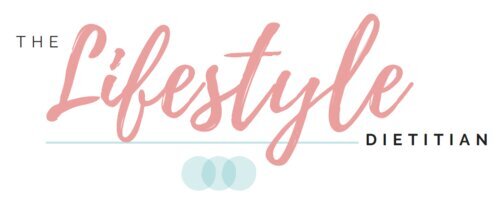Nutrition for Peak Performance: The Lowdown on RED-S
Could you be running on empty?
When it comes to peak performance, fuelling your body is essential for staying at the top of your game – including your training, work-life and personal life. When we don’t get enough quality fuel to keep up with these demands, our body adapts by shunting energy away from our normal bodily processes. This can materialise in a number of ways. Think reduced bone strength, increased stress fractures, low immunity, iron deficiency anaemia, irregular or missing periods, fertility struggles and poor psychological health. We call this phenomenon Relative Energy Deficiency in Sport or RED-S.
What does this mean for your performance?
Continuously depriving your body of the right amount and quality of fuel means that there is less energy available for your training and recovery. This often causes:
· Increased injury risk
· Early fatigue
· Decreased muscle strength
· Decreased training performance and response
· Decreased coordination, concentration and judgement
Because of the shunting action mentioned above, it is possible to experience these performance reductions without a change in weight. For this reason, weight loss is not always the best indicator of RED-S risk.
Are you at risk?
While RED-S was previously thought to affect females only, it is now increasingly recognised in male athletes. Athletes at a higher risk of developing RED-S include those that participate in endurance sports,”‘making weight” sports, sports where leanness is prized and sports with marked changes in training volume or intensity without increased nutrition.
HOW TO Prevent RED-S AND Fuel for Performance
If food o’clock is your favourite time of the day, then we’ve got good news for you! Matching your food intake and hydration to your training load is essential for maximising performance, delaying fatigue, optimising recovery and reducing the risk of RED-S. The key players here are:
Carbohydrates
Carbohydrates are the primary fuel source for the brain and working muscles. There are two types:
High GI (fast-release) carbohydrates
Provide a quick hit of energy to working muscles
Best before and during training
Examples include jam on white bread, dried fruit, honey on crumpets, fruit cups, sports drinks and energy gels
Low GI (slow-release) carbohydrates
Provide a slow, sustained release of fuel and help replenish bodily fuel stores
Best eaten a few hours before training, or soon after training
Examples include eggs on whole grain toast, peanut butter on grainy crackers or a whole grain chicken salad wrap
Protein
Protein is essential for muscle growth and repair, and is a great addition to pre- and post-training snacks. Protein sources include dairy (think milk, yoghurt, ricotta and cottage cheese), meat, chicken, fish, eggs and protein powder. For a convenient pre- or post-training high protein snack, try:
· High protein yoghurt drinks
· Yoghurt-based smoothies, like our Berry and Banana Smoothie recipe
· Our Banana and Walnut Ricotta Toast
Convenient snack options are essential for athletes juggling a busy schedule. Here are some convenient training snacks to help you top-up your fuel stores before and during training, maximise performance and promote optimal recovery.
Worried you might not be getting enough? Noticing some not so desirable changes that could be a sign of RED-S? Book in with one of our expert Accredited Practising Dietitians and Accredited Sports Dietitians today to understand how you can best meet your needs and optimise performance through nutrition.
References:
Mountjoy M, Sundgot-Borgen J, Burke L, et al. The IOC consensus statement on relative energy deficiency in sport (RED-S): 2018 update. Br J Sports Med 2018;52:687–697. doi:10.1136/bjsports-2018-099193
Mountjoy M, Sundgot-Borgen J, Burke L, et al. The IOC consensus statement: beyond the Female Athlete Triad – relative energy deficiency in sport (RED-S). Br J Sports Med 2014;48:491–7.

















